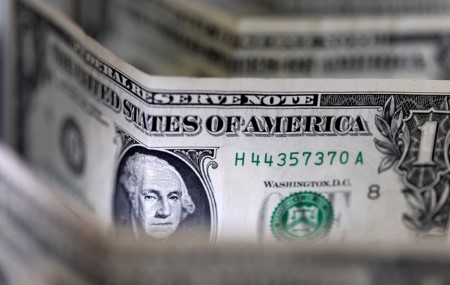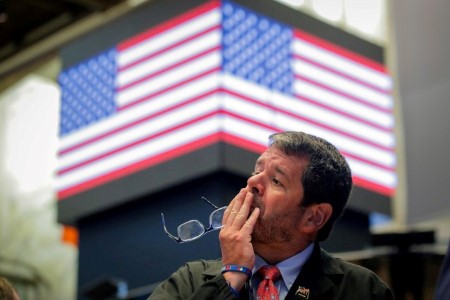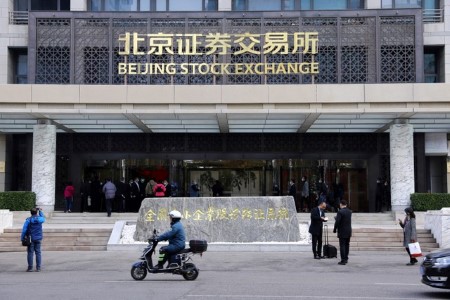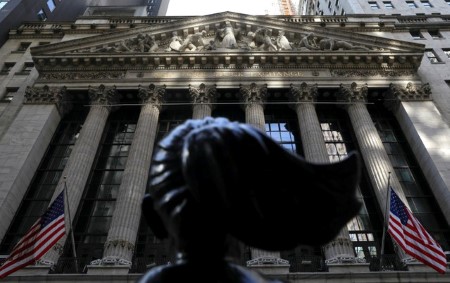Gold prices jumped 1% on Monday after a two-week low hit in the previous session as investors assessed diminishing bets of U.S. interest rate cuts ahead of a key inflation report due later in the week.
Spot gold was up about 1% to USD 2,355.60 per ounce as of 10:05 a.m. ET (1405 GMT), having touched its lowest since May 9 at USD 2,325.19 on Friday.
Most of the markets in the US are closed for the Memorial Day federal holiday.
Bullion hit a record high of USD 2,449.89 last week, but has shed more than $100 since then.
“Gold has suffered from more hawkish perceived comments from Fed officials and better-than-expected U.S. economic data, with market participants again shifting back the timing of the first Fed rate cut,” UBS analyst Giovanni Staunovo said.
Federal Reserve officials indicated that it would likely take longer than previously anticipated for inflation to fall to 2%, the minutes of its latest policy meeting showed last week.
Fed Governor Christopher Waller said on Friday it’s possible that a key underlying interest rate that influences the potency of monetary policy may rise in the future after years of declines, but it’s too soon to say if that will happen.
While gold is often considered a safeguard against inflation, higher rates increase the opportunity cost of holding the non-yielding asset.
Investors are now waiting for the April reading on the personal consumption expenditures (PCE) price index, the U.S. central bank’s preferred inflation gauge, which is due on Friday.
Traders are currently pricing in a roughly 62% chance that the Fed will cut rates in November, according to the CME FedWatch tool, compared to about a 63% chance on Friday.
“We expect gold prices to stay volatile, and price setbacks to be shallow, targeting gold prices to test new record highs later this year,” UBS’ Staunovo said.
Spot silver rose 3.6% to USD 31.42. It hit an 11-year high last week.
“Silver has outperformed gold this year, and this trend is likely to continue,” Staunovo said.
Platinum climbed 2.7% to USD 1,052.75, and palladium rose 2.9% to USD 991.11. Both metals were up 3% earlier in the session.
(Reporting by Daksh Grover in Bengaluru; Editing by Andrea Ricci)







 DOWNLOAD
DOWNLOAD












